Patent Medicines, Nostrums and Snake Oil
Usnea, or Skull Moss
Source: Howard W. Haggard, Devils, drugs, and doctors (1929).
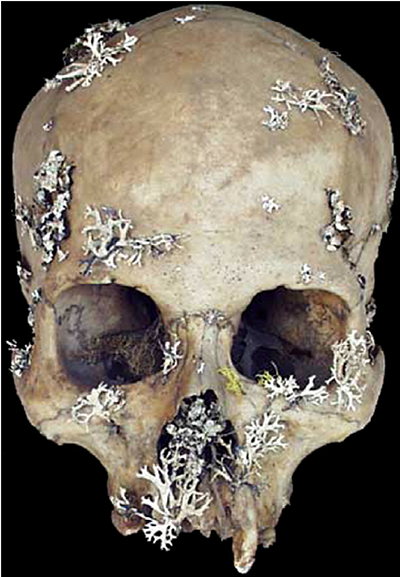
image source: reddit
More info from Frances Larson, Severed: A History of Heads Lost and Heads Found (2014):
There were reports of people growing moss on stones and then spreading it onto the skulls of criminals, as a way of harvesting the tiny green plants for sale. In practice, apothecaries probably used anything that grew on skulls, and some things that did not grow on skulls, to maintain their supplies.
Posted By: Alex - Fri Apr 29, 2022 -
Comments (0)
Category: Death, Medicine, Patent Medicines, Nostrums and Snake Oil, Renaissance Era
The Radiac, or Radio-Active Appliance
My great-aunt recently died at the age of 100. While cleaning out her garage I came across an unusual device (shown below) stored in a shoebox. The literature in the shoebox identified it as a "Radio-Active Appliance (Impedance Device)".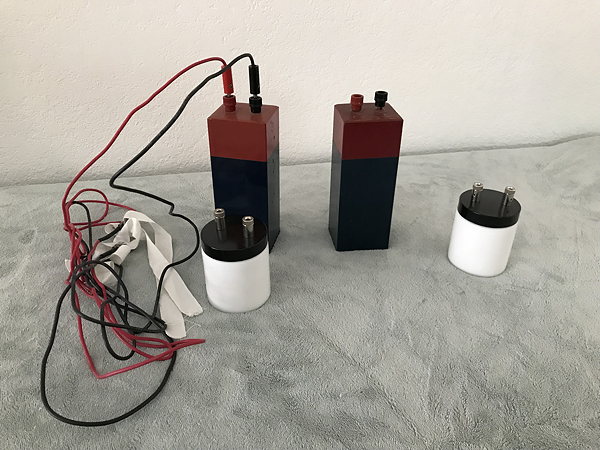
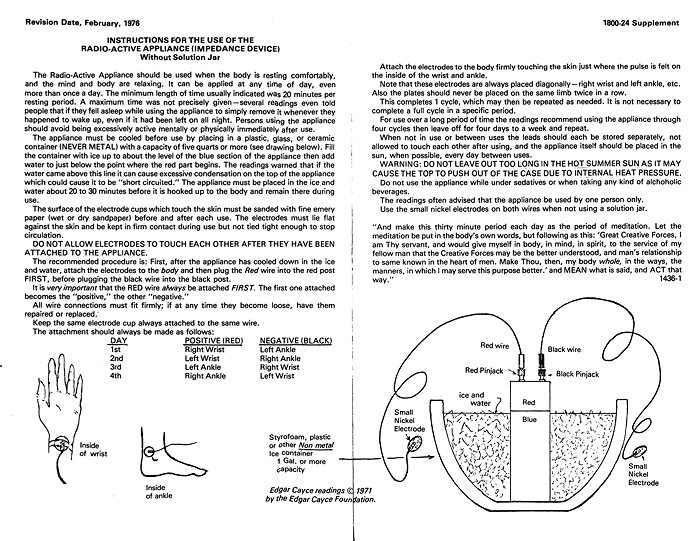
click to enlarge
Some googling reassured me that it's not actually radioactive. It turns out to be an oddball healing gadget used by followers of the clairvoyant Edgar Cayce. So it makes sense that my great-aunt would have one of these, since she was a long-time Cayce devotee.
A description of the device from an Edgar Cayce website:
How does it work? In electrical terms it could be called a capacitor, (passive electrical component), surrounded by a resistor, (a two terminal electrical component). In other words, it would seem to be some kind of battery. Interestingly, unlike a battery, the Radiac appliance offers no electrical charge or output of its own. It utilizes your own electrical currents and manipulates them in such a way as to give you back your own perfect recharge. It is truly medicine for your energy.
To use it, you're supposed to place the device in a bowl of ice water, attach the electrodes to your wrist and ankle, and then sit like this for half-an-hour to let it "recharge" you.
It's still possible to buy these. Baar products sells a "Radiac Starter Kit" for $315. According to the receipt in the shoebox, my great-aunt paid $15 for hers, back in 1977.
I'm left with the problem of what to do with the thing. I doubt it has any resale value. But it's too strange to simply toss it. It'll probably end up back in the shoebox on a top shelf in the garage.
Posted By: Alex - Fri Apr 15, 2022 -
Comments (5)
Category: Patent Medicines, Nostrums and Snake Oil
America’s Fattest Presidents
A 2013 article at this link ranks the weightiest of our leaders. Of course, former-President Trump is not included. This official 2020 health report puts him at 244 pounds, making him, by my calculations, Number Three.Number Two, Grover Cleveland, tried many times to lose. His personal physician, Dr. John Gibbs, was fond of a new German treatment.

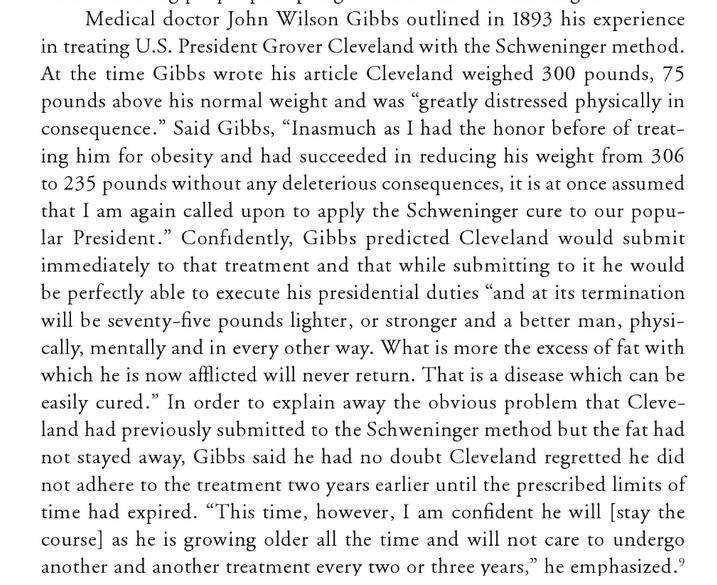
Read more in this book, which is partially available via Google Books.
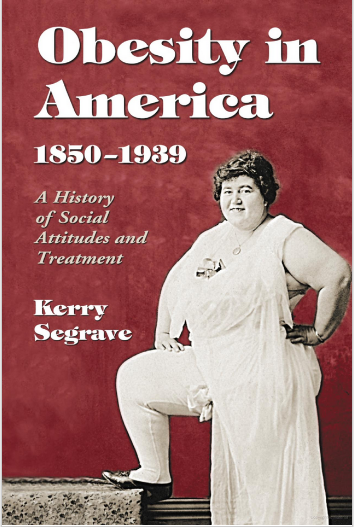
Posted By: Paul - Sat Mar 19, 2022 -
Comments (2)
Category: Government, Patent Medicines, Nostrums and Snake Oil, Nineteenth Century, Twenty-first Century, Obesity
Angier’s Petroleum Emulsion
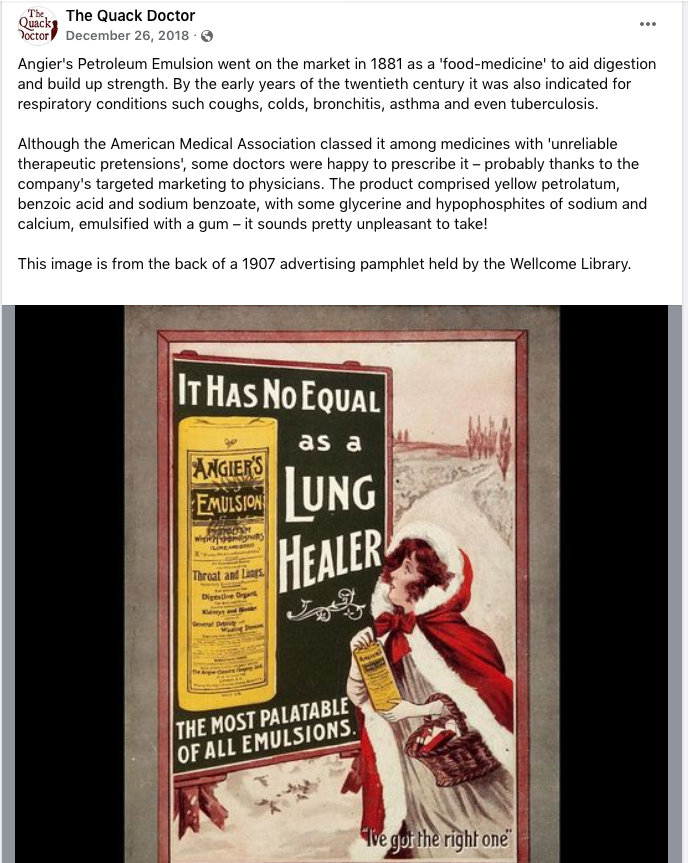
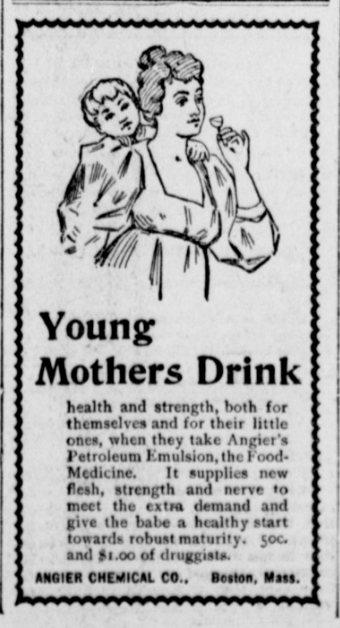
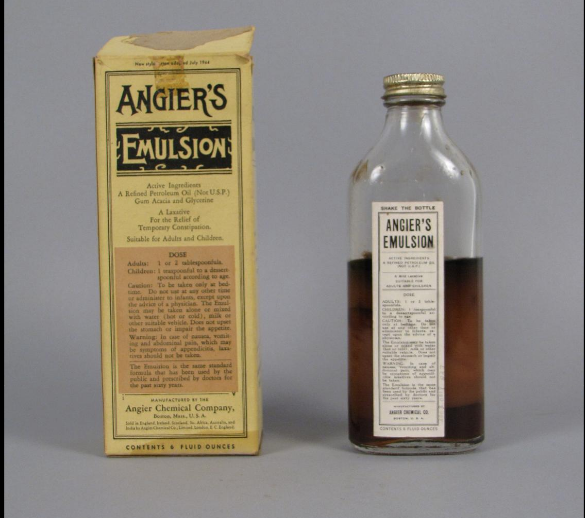
Posted By: Paul - Tue Mar 15, 2022 -
Comments (3)
Category: Patent Medicines, Nostrums and Snake Oil, Nineteenth Century, Twentieth Century, Nausea, Revulsion and Disgust
Haarlem Oil
Their home page.The Wikipedia page.
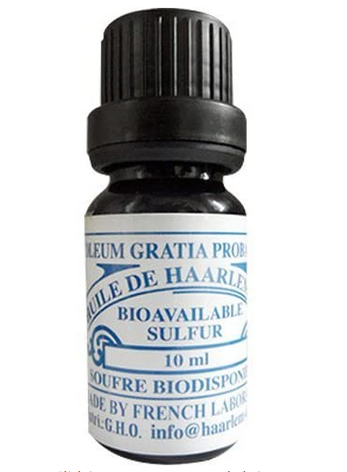
A 300-year-old "remedy," whose ingredients are:

Ad from 1920.
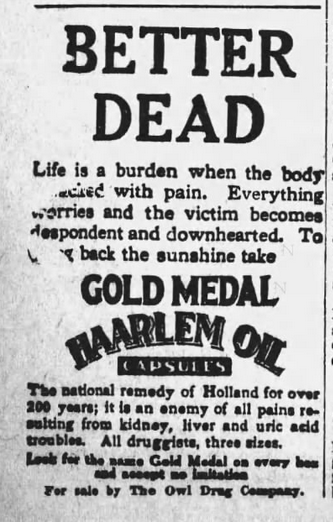
Posted By: Paul - Wed Mar 02, 2022 -
Comments (1)
Category: Animals, Patent Medicines, Nostrums and Snake Oil, Seventeenth Century
Stramonium Cigarettes: Smoking to Relieve Asthma
Long professional article on their history here.The relevant info at Wikipedia.
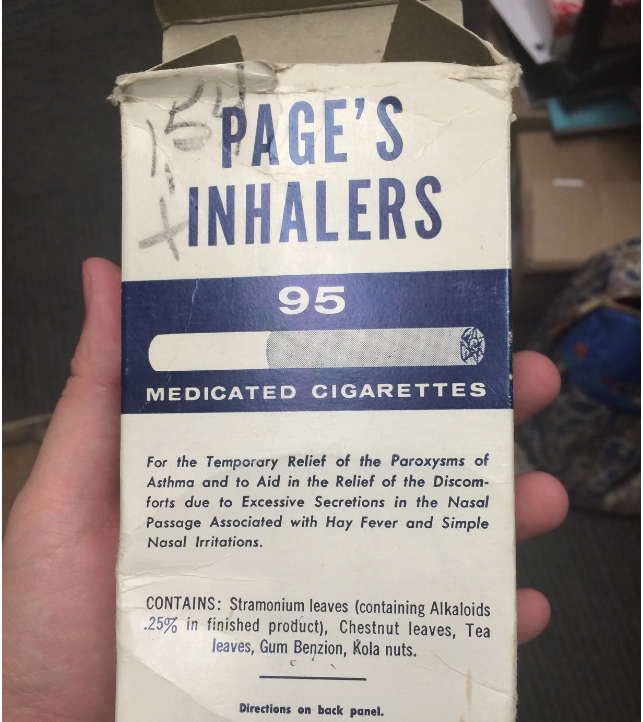
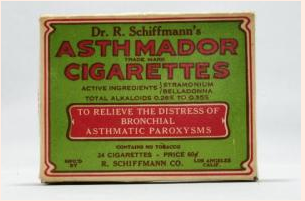
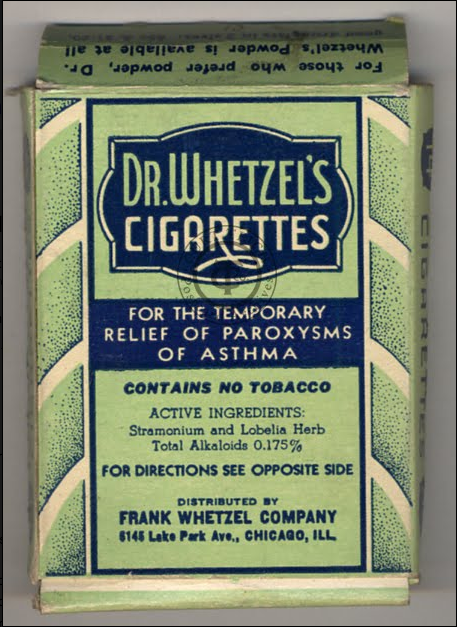
Posted By: Paul - Tue Feb 01, 2022 -
Comments (2)
Category: Nature, Patent Medicines, Nostrums and Snake Oil, Nineteenth Century, Twentieth Century, Diseases
Calcreose
No longer will tuberculosis sufferers have to lick telephone poles for the creosote and hang out at lime quarries inhaling the dust, for now Calcreose supplies all of those vital ingredients which you can stomach. Apparently good for a hundred ailments.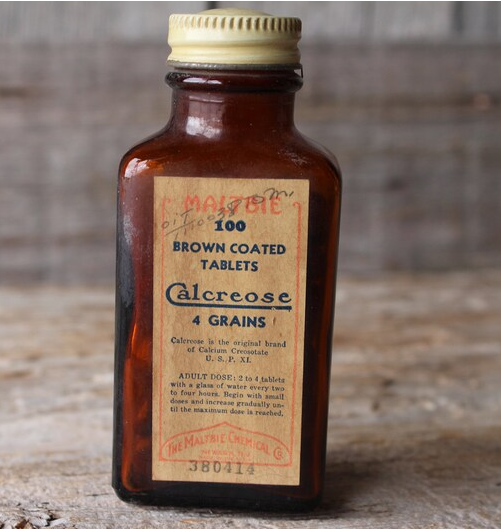
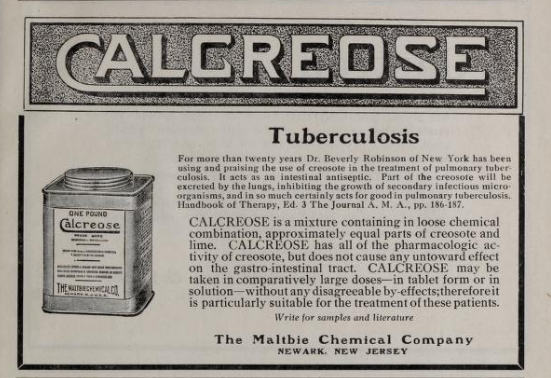
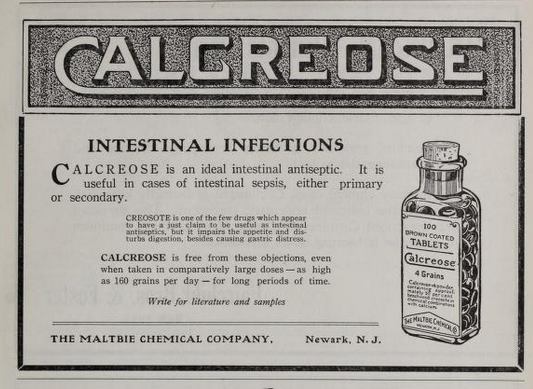
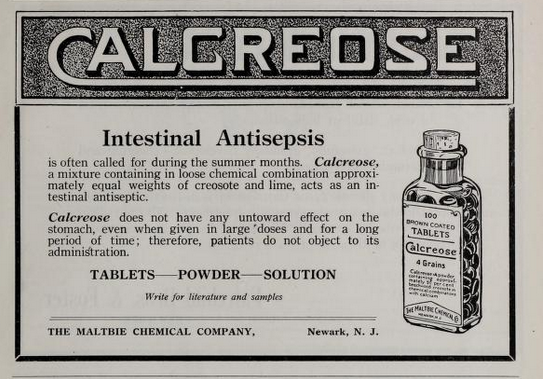
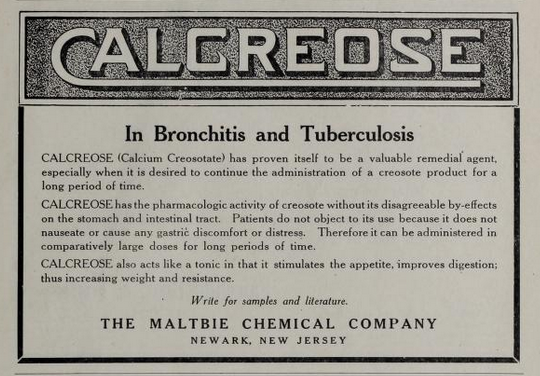
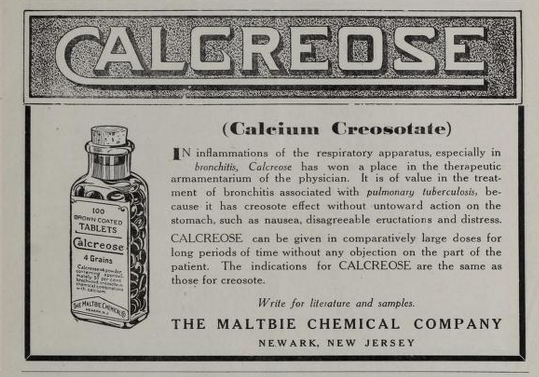
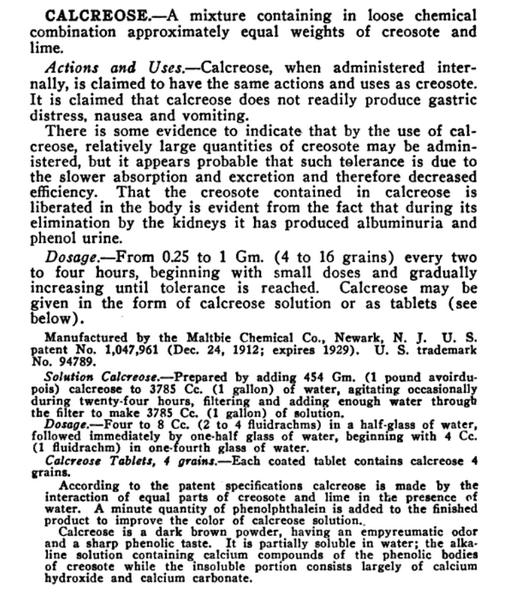
Posted By: Paul - Mon Jan 03, 2022 -
Comments (4)
Category: Patent Medicines, Nostrums and Snake Oil, Twentieth Century
Skin whitening by intestine shortening
Back in the 1970s, some women in Japan reportedly tried to whiten their skin by having surgery to remove a section of their intestines:Up to 50 inches of the large intestine have to be removed according to Dr. Tadao Yagi, director of a private hospital that specializes in the operation.
I can't imagine why this would work. Perhaps the women grew paler because of malnutrition?

San Francisco Examiner - Mar 26, 1975
I believe these may be photos of the operation being performed, from an article by Tadao Yagi in the Japanese Journal of Medical Instrumentation.

Posted By: Alex - Thu Nov 18, 2021 -
Comments (3)
Category: Beauty, Ugliness and Other Aesthetic Issues, Patent Medicines, Nostrums and Snake Oil, Surgery, 1970s
Seelye’s Wasa Tusa
Patent medicine earned Dr. A. B. Seelye a fortune that allowed him to build a fine mansion that is open to the public today.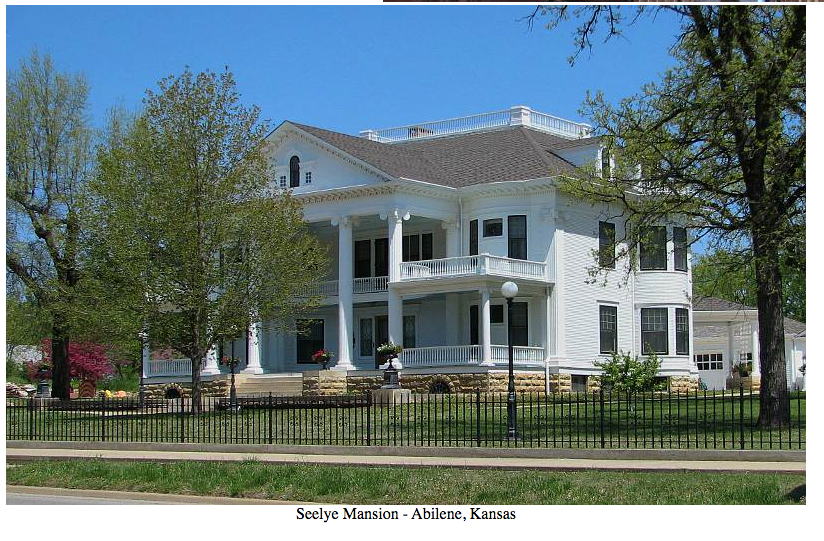
What was in his fabled Wasa Tusa?
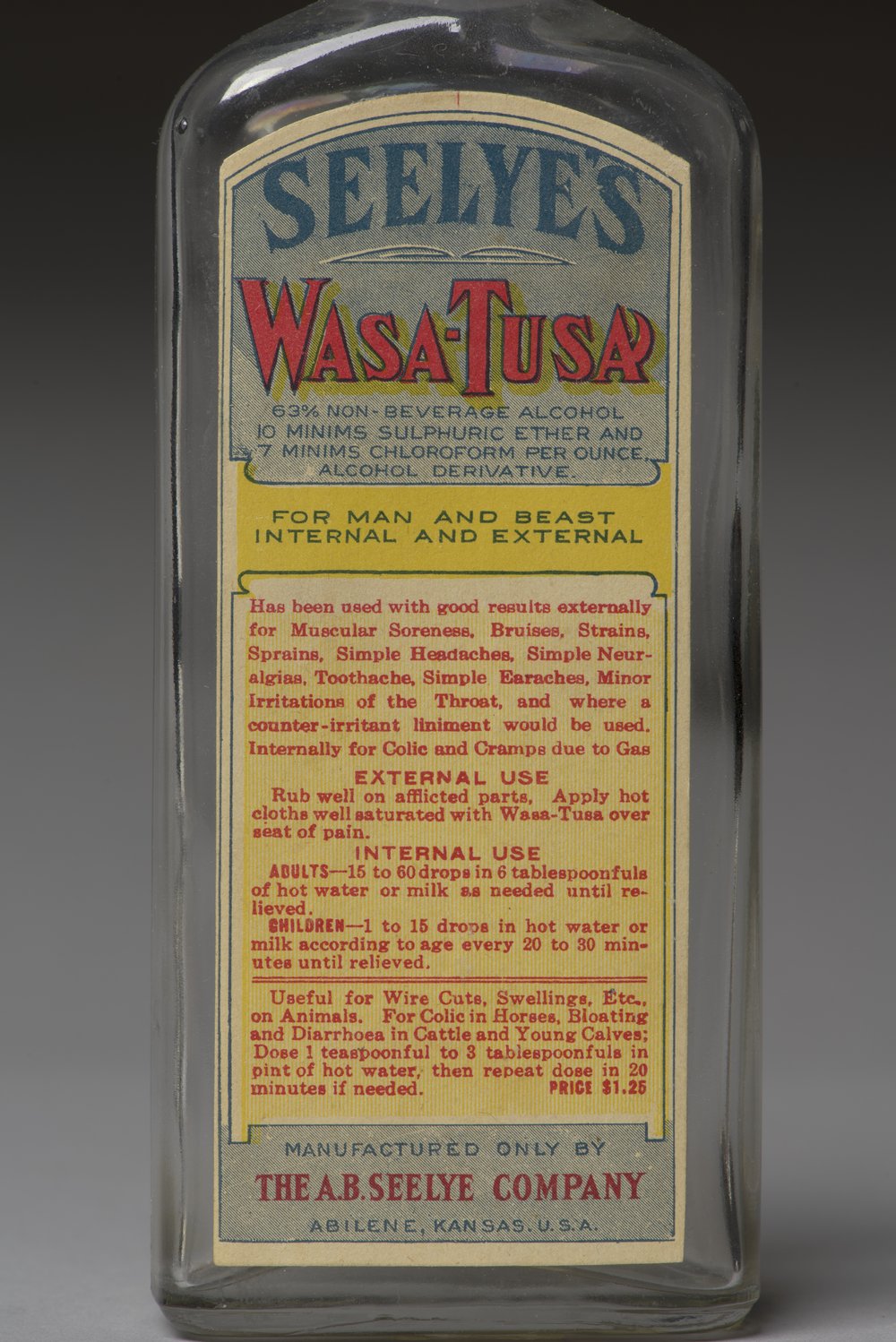
A.B. Seelye made his fortune in patent medicines with the A.B. Seelye Medical Company. At one time he had over 500 salesmen traveling through 14 states. The Wasa Tusa they sold contained 65 percent “non-beverage alcohol, chloroform and sulphuric ether.”
Source of quote.
You can read his digitized ALMANAC, HEALTH GUIDE AND COOKBOOK here.
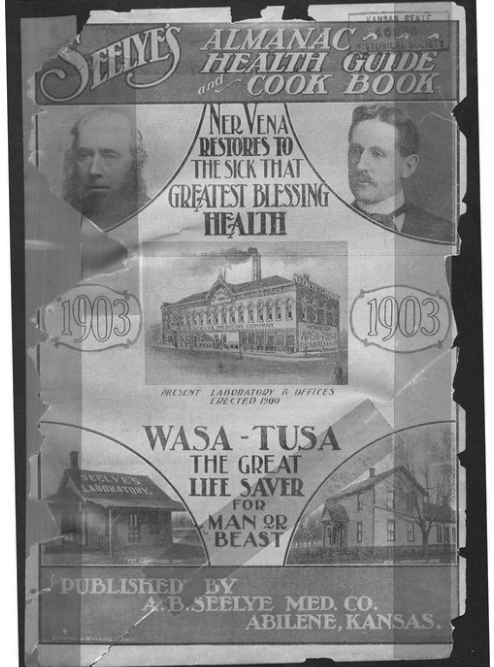
Posted By: Paul - Tue Sep 07, 2021 -
Comments (0)
Category: Domestic, Money, Patent Medicines, Nostrums and Snake Oil, Nineteenth Century, Twentieth Century
Polyform, Edison’s Topical Anesthetic
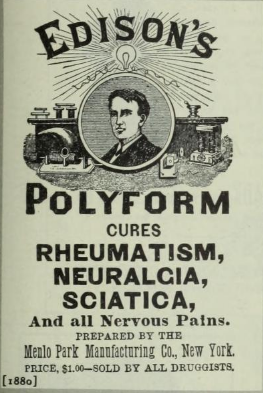
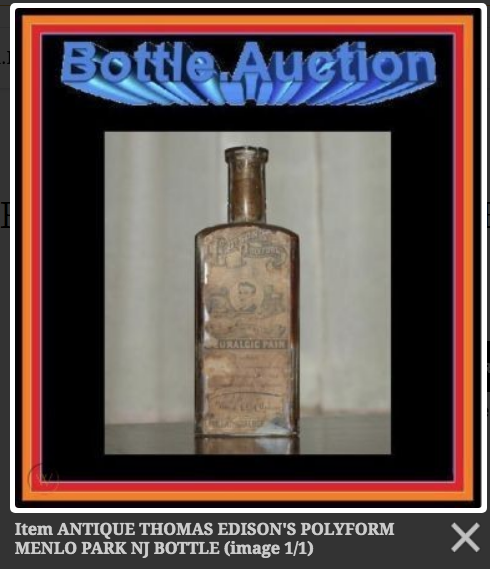
American inventor and businessman Thomas Alva Edison is legendary for his contributions to such technologies as the lightbulb, the telephone, the phonograph, and motion pictures, among many others.1In his lifetime, Edison obtained 1,093 US patents and some 1,239 patents in other countries. Little known among these efforts was his “improved anesthetic compound.”
In the summer of 1882, George F. Shrady (Founder and Editor, Medical Record 1866–1904) (1837–1907), reported that Thomas Edison invented a new anesthetic made of chloroform, ether, alcohol, and camphor and had applied for British and German patents.2The witty but misinformed editor added, “Edison may wish to use it on his stockholders until electric light was in successful operation.”
In fact, the “anesthetic” actually was an analgesic liniment that Edison had prepared in early 1878. He named it Polyform and advertised it for “neurologic pain.” Polyform was a mixture of chloroform, ether, camphor gum, alcohol, chloral hydrate, morphine, and oils of peppermint and clove. Edison believed that his compound’s various analgesics would potentiate each other and that the mixture would attack pain in a “shotgun manner.”3
More info here.
Posted By: Paul - Thu Jun 24, 2021 -
Comments (1)
Category: Celebrities, Inventions, Patent Medicines, Nostrums and Snake Oil, Nineteenth Century

| Who We Are |
|---|
| Alex Boese Alex is the creator and curator of the Museum of Hoaxes. He's also the author of various weird, non-fiction, science-themed books such as Elephants on Acid and Psychedelic Apes. Paul Di Filippo Paul has been paid to put weird ideas into fictional form for over thirty years, in his career as a noted science fiction writer. He has recently begun blogging on many curious topics with three fellow writers at The Inferior 4+1. Contact Us |




